-
UK first to approve CRISPR treatments for diseases: what you need to know
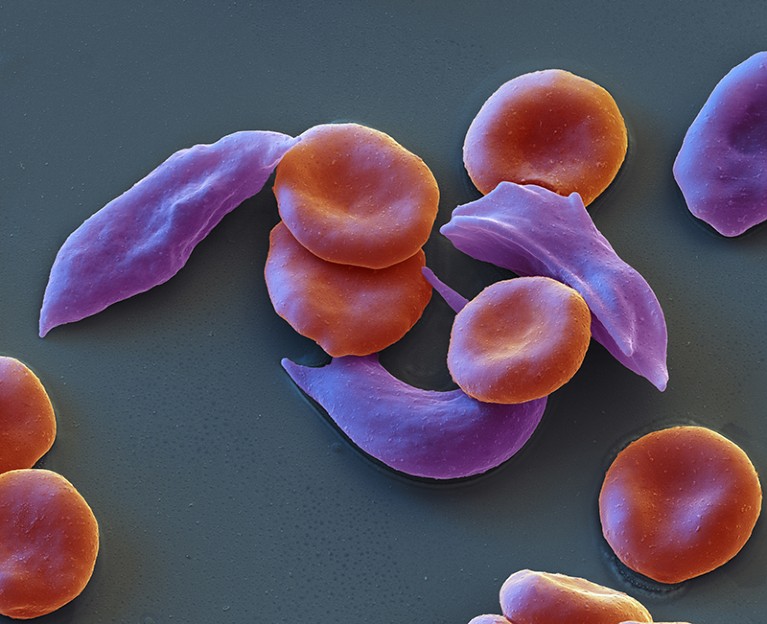
Sickle-cell anaemia is marked by red blood cells that are misshapen and sticky, affecting blood flow.Credit: Eye Of Science/Science Photo Library In a world first, the UK medicines regulator has approved a therapy that uses CRISPR gene editing as a treatment for diseases. The decision marks another high point for a biotechnology that has regularly…
-
Why superconductor research is in a ‘golden age’

A magnet levitating over the nitrogen-cooled superconductor yttrium barium copper oxide.Credit: David Parker/IMI/Univ. of Birmingham High TC Consortium/Science Photo Library A Nature retraction last week has put to rest the latest claim of room-temperature superconductivity — in which researchers said they had made a material that could conduct electricity without producing waste heat and without…
-
A software framework for end-to-end genomic sequence analysis with deep learning
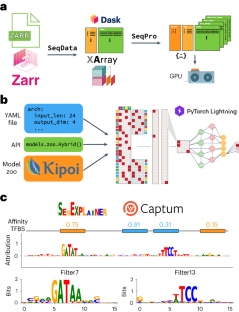
Using deep learning methods to study gene regulation has become popular, but designing accessible and customizable software for this purpose remains a challenge. This work introduces a computational toolkit called EUGENe that facilitates the development of end-to-end deep learning workflows in regulatory genomics. This is a preview of subscription content, access via your institution Access…
-
Linking the vaginal microbiome to women’s health
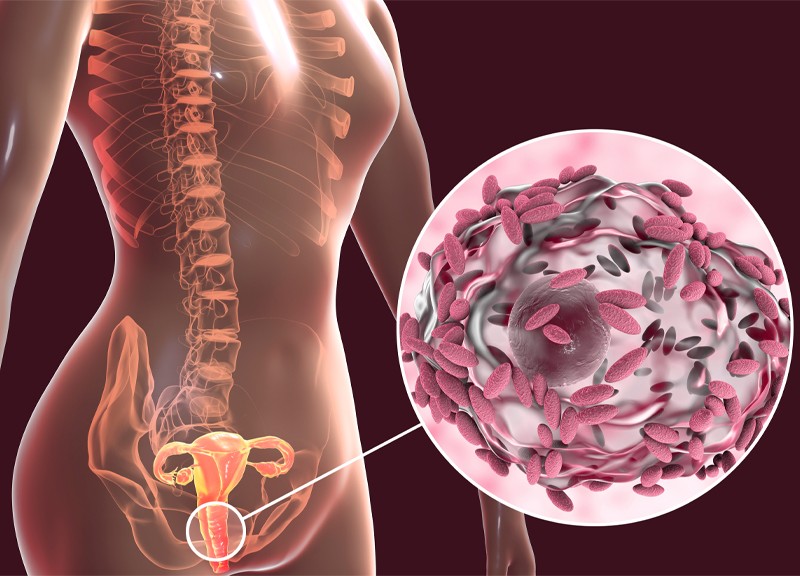
RESEARCH HIGHLIGHT 16 November 2023 A citizen science approach has helped craft a resource-rich vaginal microbiome map with associations to lifestyle and events across a woman’s life course. Sonia Muliyil .readcube-buybox { display: none !important;} A self-sampling study of 3,345 women in Belgium called ‘Isala’, named after the first female doctor in Belgium, was designed…
-
Community engagement

John Donne famously said that nobody “is an island entire of itself”. This month sees the opening-up of a new ‘continent’ for plant scientists. The scientific endeavour is not a zero-sum game. More is achieved more quickly by a group of researchers collaborating than by the same collection of individuals working alone. Duplications of efforts…
-
The achievement of gender parity in a large astrophysics research centre
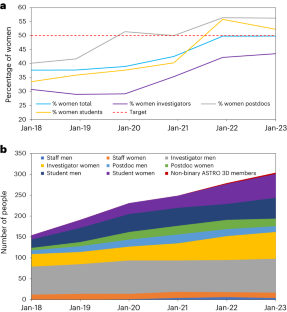
Abstract In Australian astronomy, women’s representation remains at historic lows, despite a decade of initiatives aimed at improving the representation and support of women in astronomy and academia more generally. Drawing from research in the fields of sociology and psychology, we designed a new evidence-based programme to increase the percentage of women recruited and retained…
-
Predictive analyses of regulatory sequences with EUGENe

Abstract Deep learning has become a popular tool to study cis-regulatory function. Yet efforts to design software for deep-learning analyses in regulatory genomics that are findable, accessible, interoperable and reusable (FAIR) have fallen short of fully meeting these criteria. Here we present elucidating the utility of genomic elements with neural nets (EUGENe), a FAIR toolkit…
-
Scientists move closer to long-theorized ultraprecise nuclear clock

Newswise — For decades, the standard reference tool for ultraprecise timekeeping has been the atomic clock. Scientists have known that an even more precise and reliable timepiece was possible, but technical limitations kept it only a theoretical prospect. Now, researchers from the U.S. Department of Energy’s (DOE) Argonne National Laboratory, Texas A&M University and several…
-
Microbial methane cycling in a landfill on a decadal time scale
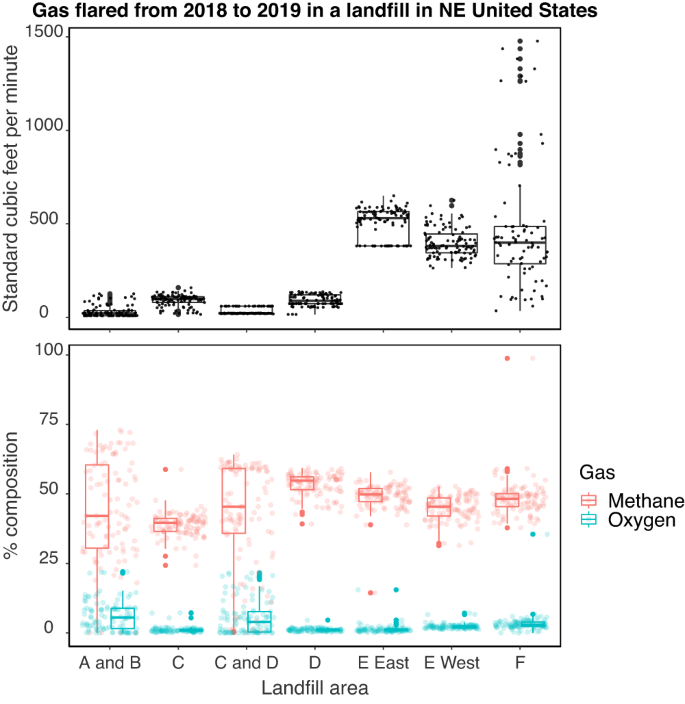
Abstract Landfills generate outsized environmental footprints due to microbial degradation of organic matter in municipal solid waste, which produces the potent greenhouse gas methane. With global solid waste production predicted to increase substantially in the next few decades, there is a pressing need to better understand the temporal dynamics of biogeochemical processes that control methane…
-
Wideband 1-bit reconfigurable transmission metasurface unit cell design in Ka-band with polarization hold and conversion
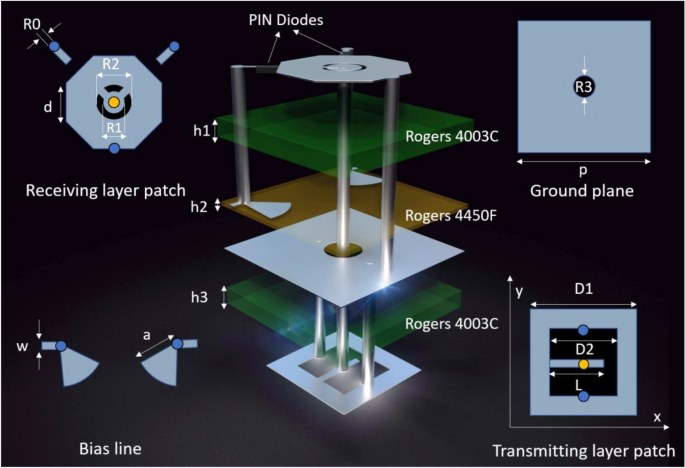
Abstract In this paper, a wideband transmission unit cell is proposed for programmable metasurfaces operating in the Ka-band. The unit cell features a compact period of only 2.91 mm, corresponding to 0.34 λ0 at the center frequency of 35 GHz. A receiving layer, consisting of a patch loaded with two PIN diodes, is utilized to achieve 1-bit…